Handicapping Blog | Royal Ascot 2017
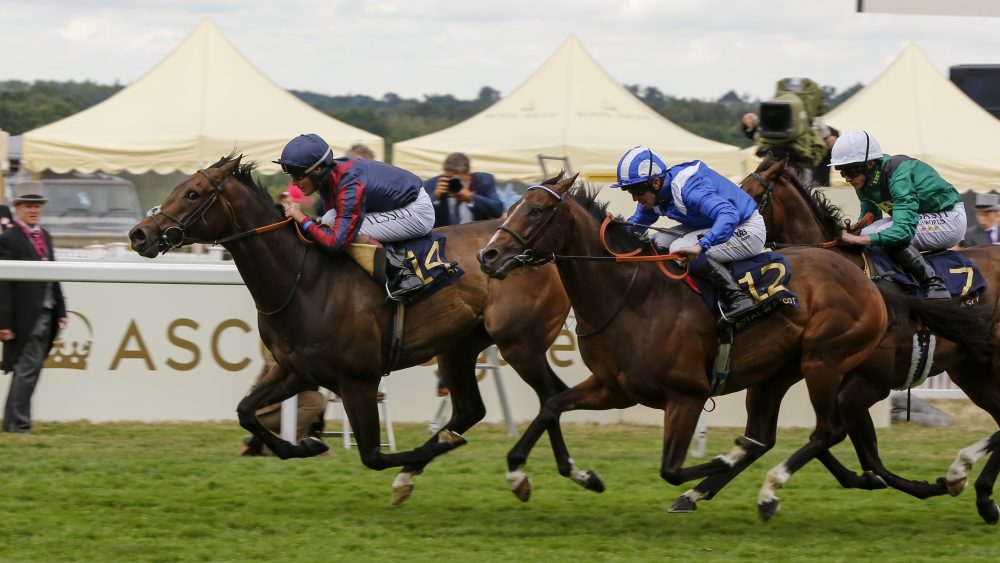
The best King’s Stand winner of the century
The Group 1 King’s Stand Stakes over 5f saw a mightily impressive performance from the American-trained Lady Aurelia writes Chris Nash.
The field raced in one group up the middle of the track. The pace was honest and resulted in a time just 0.01 seconds outside the track record. There was no trouble of any significance and certainly no unlucky losers. And it was impossible to argue any draw bias with the first three drawn 18, 1 and 9 in a field of 18. So for me this form has a very secure look to it.
Lady Aurelia has made all in the past but was happy to take a lead this day. Once sent for home inside the final two furlongs the response was impressive. She readily skipped clear of the field and had a three lengths margin at the line.
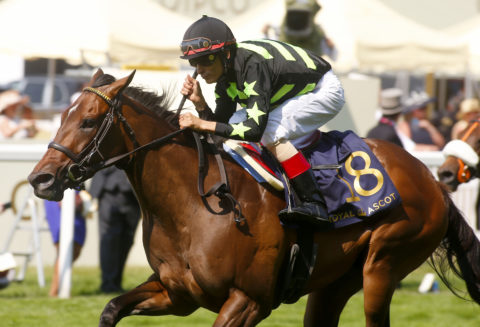
I decided to rate this effort at 122. She had been a wide margined winner of the Queen Mary Stakes at this meeting last year where she was credited with a figure of 121. I am happy that this run can rate a shade higher than that. Profitable (2nd) had won this race last year. Giving the winner allowances for both age and sex, there is every indication that he has reproduced his best of 116.
Marsha (3rd) arrived rated 116 and finished a shade over three lengths behind the winner at level weights. I have her running to 113. Muthmir (4th) records a figure of 114 which is a recent best but still a touch below his career peak of 116 in 2015. All of Take Cover (5th), Alpha Delphini (6th) and Cotai Glory (7th) are capable of around the 110 mark and fully support the figure of 122 for the winner.
The only debate to be had is whether the 122 figure slightly understates her achievement as she took this for predominantly hands and heels riding. This already rates as the best performance in this race this century.
The previous best figure was 119 which was achieved by several winners including Choisir (2003), Miss Andretti (2007) and Scenic Blast (2009); so Lady Aurelia can certainly be viewed as an outstanding winner.
Connections are keen to return to these shores for a crack at the Group 1 Nunthorpe at York in August where a rematch with plenty of these rivals will likely be on the cards. Remembering that she will be entitled to a 3lb fillies allowance, if she can reproduce her Ascot figure at York then a colt or gelding would have to run to 125 to match her…and no other horse has achieved anything like that sort of figure over 5f so far this season.
Are the boys better than the men?
It is not often in recent years that the sprints at Royal Ascot have taken centre stage but they certainly aroused a huge amount of interest this year. They did not disappoint writes Stewart Copeland.
Since its inception in 2015 the Group 1 Commonwealth Cup has already been won by top class horses in Muhaarar and Quiet Reflection. This year’s renewal brought together three horses which already had claims to be talked of in the same bracket.
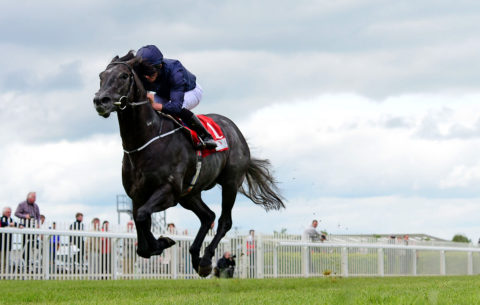
From a form perspective, the race could hardly have worked out any better as Caravaggio came with a strong late run to haul in the pace-setting Harry Angel and win going away by three quarters of a length, with Blue Point a further half-length back in third.
Analysis of the sectional times I took highlight how strongly Caravaggio covered the last two furlongs. In terms of distance he was at least three lengths quicker than the others which was particularly impressive as neither Harry Angel nor Blue Point were notably slowing down. It could be argued that Harry Angel went a shade too quick early in the race but Blue Point ran solid fractions throughout and provides a good guide to the race level.
Being Irish-trained, Caravaggio does not have a published BHA mark but I would pencil him in provisionally at 121 meaning that both Harry Angel and Blue Point ran to their pre-race ratings. This has Caravaggio running to the same level that Muhaarar did in his Commonwealth Cup. Like him, there is the exciting prospect of more to come.
The following day was the turn of the older horses in the Group 1 Diamond Jubilee and, much like the above, the race was dominated by the market principals.
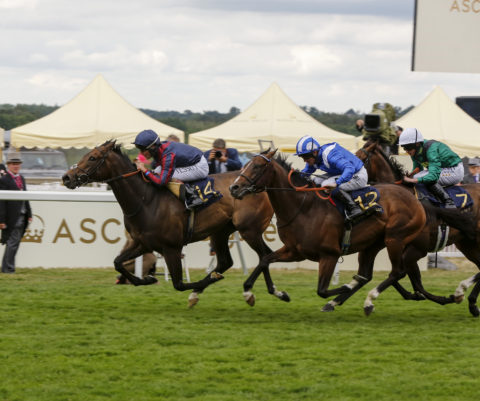
It produced an equally exciting finish with The Tin Man coming with his customary late surge to deny Tasleet by a neck. Last year’s July Cup winner Limato was a further three quarters of a length away in third. The latter was impeded late on as The Tin Man hung in on him. Although he would have finished closer, Limato still looked third best on the day.
I have The Tin Man reproducing his Champions Sprint performance of 117. This ties in well with the 116 that Tasleet ran to in winning the Duke of York last time out. It does mean that Limato ran to 115 having ran to 122 in winning last year’s July Cup. The acid test for him will come when he returns to the Newmarket course to see whether he can scale those heights again.
The winning figure is bang on the standard for the race – the winning average is 117/118. Even though I did toy with going a shade higher, the proximity of Finsbury Square and Tupi rather set a ceiling on the race for now.
As can be seen from the above, the 3yo 6f sprinting division overall boasts the stronger form at present; but hopefully we will find out for sure when the generations clash in the July Cup at Newmarket. It promises to be a race to saviour.
Hanging Ribchester and a lacklustre Churchill
The traditional Royal Ascot curtain raiser The Queen Anne Stakes often produces one of the performances of the week and the 2017 renewal proved no different says Dominic Gardiner-Hill.
Ribchester set the pre-race standard with his mark of 125 gained in the Lockinge on his reappearance. He duly followed up despite hanging badly to his left in the closing stages. From a ratings perspective the race hangs together quite well with runner-up Mutakayyef and 4th placed Spectre fitting neatly on their respective marks of 120 and 114. This suggests that Ribchester performed to 123, which is 2lb shy of his Lockinge mark, but the best Queen Anne performance since the mighty Frankel’s demolition job in 2012.
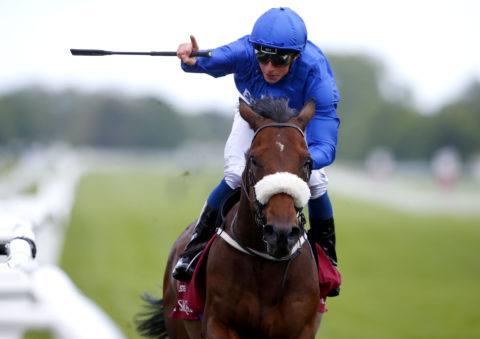
Unsurprisingly the Fahey-trained colt is currently the highest rated miler in Europe. Probably the biggest disappointment during the Royal week was the failure of Churchill (123 pre-race) to further his case for that accolade with a lacklustre performance in the St James’s Palace.
Old rival Barney Roy gained revenge for his Guineas defeat with an improved figure of 120. Runner-up Lancaster Bomber (pre-race 117) and third placed Thunder Snow (118) gave the form a solid look in both running to 118. Churchill had beaten all three in winning the English and Irish Guineas and his performance of 111 at Ascot is 12lb off his peak. It clearly demonstrates how far below par he was.
There are few gutsier horses on the world stage than Highland Reel and he once again highlighted that attribute when winning the Prince of Wales’s Stakes on Wednesday. Although he was definitely headed by both Decorated Knight (2nd) and Ulysses (3rd), he dug deep and battled back to win going away.
In performing to 122 he has improved a pound on his Coronation Cup winning performance but was a pound shy of his peak 123. Similarly to the Queen Anne the race stacks up relatively neatly from a ratings perspective with the improving pair of Decorated Knight (pre-race 118) and Ulysses (116) both improving a little to 119 as front running Scottish (5th: 115) and French challenger Mekhtaal (6th: 115) set the level.
One tough Orange
The Group 1 Gold Cup was the race of Royal Ascot 2017 says Mark Olley. As the Handicapper responsible for the stayers some may say that makes me biased; but it was a truly thrilling finish between horses that we have grown to know and love.
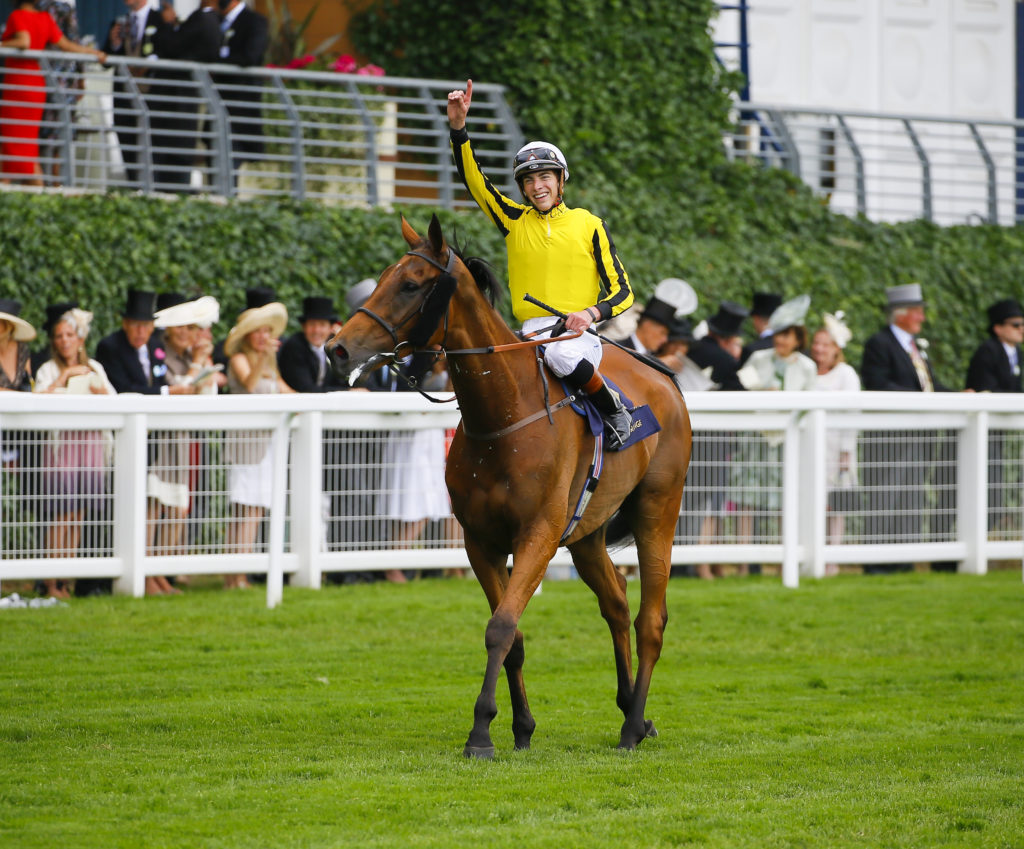
Order Of St George came into the race with an Irish rating of 120. He finished six lengths in front of last year’s 114-rated St Leger winner, Harbour Law, who in turn finished three and a quarter lengths in front of 111-rated Torcedor. That all looks excessively neat and means that I have no need to alter any of their ratings.
A couple of my international colleagues have rated Big Orange on a par with Order Of St George on 120. Their reading of the race was that Order Of St George was tactically disadvantaged by the way the race was run and by coming wide had to cover more ground than Big Orange. Both are fair points, but for the time being I have given Big Orange credit for his victory and have him on 121 (up 4lb from 117).
There is no arguing that Big Orange was given a fine ride by James Doyle. After a slightly worrying early tussle with Quest For More for the lead, Big Orange was able to stride on. He stuck to the inside rail all the way round and dictated a pace that meant the hold up horses had to come past a horse that was not stopping in the closing stages.
Ryan Moore must have been full of confidence on Order Of St George. He was on a horse that he knew stayed, he won the race by 3 lengths on soft ground in 2016, and that also had the pace to finish third in last season’s Arc. However, due to the fractions set by James Doyle, Order Of St George had to use his turn of foot to come past horses and then try and out-battle one of the toughest horses in training.
I think both horses have the Goodwood Cup as their next target. It will be fascinating to watch the tactical battle unfold. My suspicion is that Big Orange is just too tough hence I am happy, for now, to have him rated the superior horse.
From an historical point of view Big Orange is the highest rated Gold Cup winner this decade and is the best since legendary four time winner Yeats (122).
The track record 2yo
2016 was an annus mirabilis for the Royal Ascot two-year-old races with Caravaggio’s demolition of the Coventry field from the ‘wrong’ side followed by the best performance from a filly in a decade from Lady Aurelia, and things were a fair bit quieter on the juvenile scene this time around, writes Graeme Smith.
The Coventry went the way of Rajasinghe, who overcame a bump at the start to provide his young trainer with a ground-breaking success. A new track record certainly sounds impressive; but the fact is that conditions were clearly lightning quick with two other records lowered and Lady Aurelia missing out by only 0.01secs.
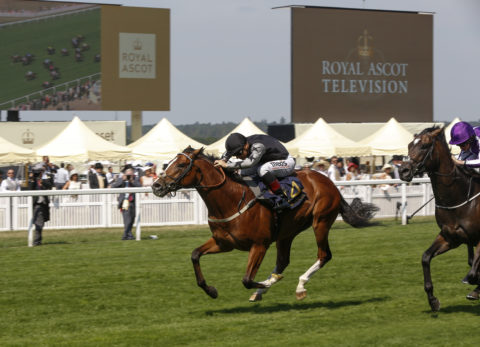
Rajasinghe’s speed figure judged against other times on the day comes out at ‘only’ 108. A finish in which the first seven were covered by little over two lengths also tells its tale. Rajasinghe has been rated 108 after the historical standards also pointed that way. That is the joint lowest Coventry-winning performance this century with Hellvelyn and CD Europe. I am, though, sure a good few of those involved in the finish will post higher figures later in the summer and Rajasinghe is less exposed than most.
The Windsor Castle later on the first day also returned a solid time with Sound And Silence posting a speed figure of 104 as he led home a Godolphin 1-2. Standards and time again pointed the same way and his new rating of 104 marks him as an average winner judged on the last dozen years.
I imagine James Garfield (ran to 99, not eligible for a rating yet) will have gone into a few notebooks having started slowly and raced out on the wing before running into third. Another Batt (ran to 88, rated 90) in eighth may also have done better had he been drawn more centrally.
The Windsor Castle carries Listed status and the Group 2 Norfolk over the same minimum trip duly looks a better race. Sioux Nation and Santry were split by the width of the track as they flashed past the line with only half a length between them. It already seems that Santry’s connections are ruing what might have been with three of the first five home having come from a group of only four to race on the far side.
The time of the Norfolk is not quite as strong as the two contests on the opening day with a speed figure of 98. That arguably makes it all the more encouraging that the first two were able to come away from the field. It could well be that they are capable of bettering their performances of 108 and 106 respectively.
From the fillies’ races, historical standards for the first five home in the Queen Mary pointed to a fairly strong winning performance from Heartache. However, while Heartache led to heartbreak for those who chased her home she brought on a headache for me.
The field had not been strung out nearly enough to support the sort of positive view of the winner I had hoped to take. The first fourteen finishers were covered by less than six lengths and, even being generous with the poundage used, I reached a figure of 107 for the winner. That is behind what Lady Aurelia and Acapulco achieved but marginally better than the five winners immediately before them.
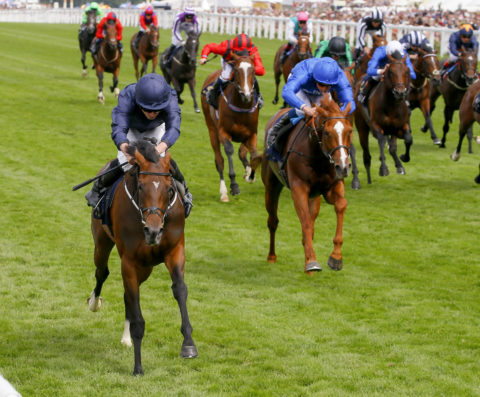
I was impressed with the first two fillies from the Albany. I had Alpha Centauri recording a figure close to Albany-winning standard when running away with a Listed race in Ireland; yet the relatively-unconsidered French filly Different League proved even better as the pair came clear. I
It possibly took 100yds or so for the gallop to pick up but the speed figure is 101 and you can make that higher still adjusting for the headwind.
Some observers felt Alpha Centauri should have won and I suspect she will progress further; but it struck me that Different League’s rider put his whip down a furlong out when around a length or more in front and I credited her with an extra 1lb for that to 108.
Lastly was the Chesham. September may not fill the eye quite to the extent that her pedigree jumps off the page, but she posted a standout speed figure on Saturday’s card.
A performance of 102 has her 4lb above the average for this century when her sex allowance is taken into account. Possibly I might still have undervalued the win. Credit also goes to the runner-up Nyaleti who had made her debut only six days earlier and responded fantastically well to an aggressive ride.
